Philippine Tanguile Tree
- October 30, 2024
- 0 comment
The Philippine Tanguile Tree, scientifically known as Shorea polysperma, is a highly valued tree species found predominantly in the Philippines. Known for its strength, durability, and the role it plays in tropical ecosystems, the Tanguile tree is a crucial part of the country’s biodiversity.
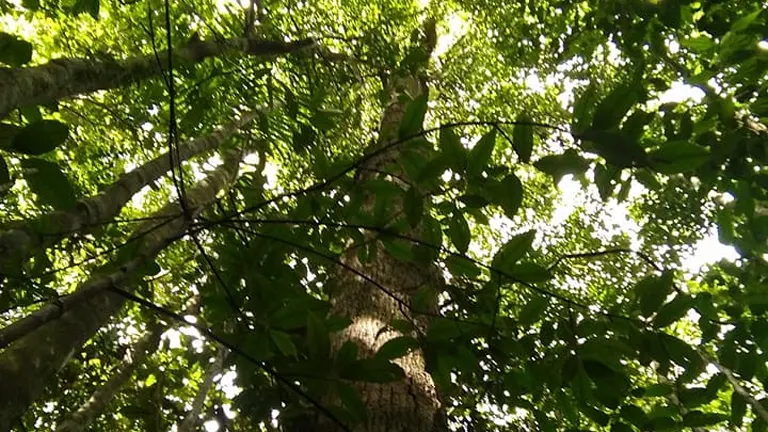
This tree belongs to the Dipterocarpaceae family, which is recognized for its hardwood species that are often used in construction and furniture-making. Beyond its economic value, the Philippine Tanguile tree also supports biodiversity by providing shelter, stabilizing soil, and serving as a vital component of its habitat.
What Is a Philippine Tanguile Tree?
The Philippine Tanguile Tree, or Shorea polysperma, is a medium to large evergreen tree known for its tall, straight trunk and broad canopy. As a member of the Dipterocarpaceae family, it shares characteristics common to tropical hardwoods, such as dense wood and thick bark. The tree’s leaves are glossy and oval-shaped, with a leathery texture that helps retain moisture. Tanguile trees produce small, inconspicuous flowers that emit a mild fragrance, and the tree’s seeds are dispersed by the wind, aiding in forest regeneration.
Interesting Facts:
- Lifespan: Philippine Tanguile trees can live for several decades, often reaching heights of 30-40 meters (98-130 feet).
- Soil Health: Their deep root systems help prevent soil erosion, especially on hillsides or slopes where they are commonly found.
- Wood Quality: Tanguile wood is highly durable and resistant to decay, making it a popular choice for sustainable building materials.
Philippine Tanguile Tree Species
While Shorea polysperma is the primary species referred to as the Tanguile tree, it shares its genus with other related species, such as Shorea contorta and Shorea negrosensis. Each of these species varies slightly in appearance, with differences in leaf size, seed type, and bark texture, but all belong to the same family and share ecological roles within Philippine forests. Collectively, these species contribute to the region’s tropical forest stability and serve as essential habitats for local wildlife.
Shorea Polysperma (Philippine Tanguile)
Known for its strong, durable wood, this species is essential for construction and plays a significant role in soil stabilization and biodiversity support.
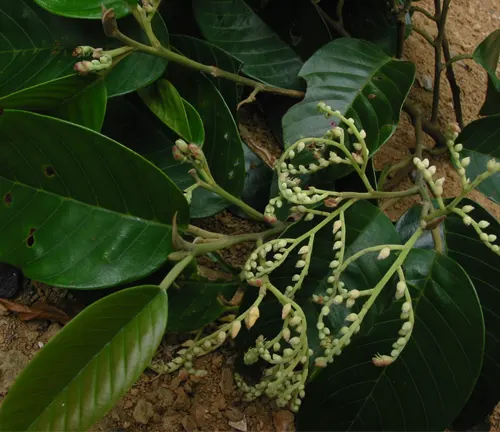
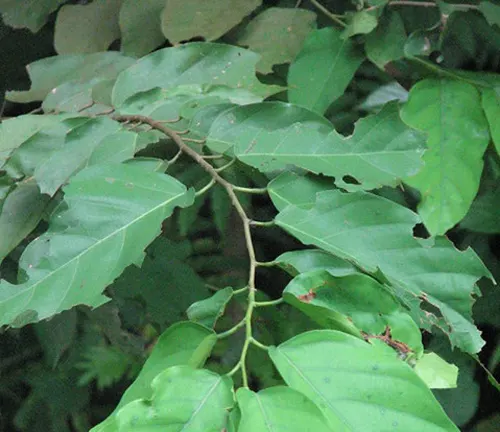
Shorea Contorta (White Lauan)
This species grows taller than Tanguile and is prized for its light, strong wood often used in plywood. It also supports local wildlife and prevents soil erosion.
Shorea Negrosensis (Red Lauan)
Distinguished by its reddish wood, Red Lauan is a vital timber species and contributes to ecosystem balance by providing habitat for various forest species.
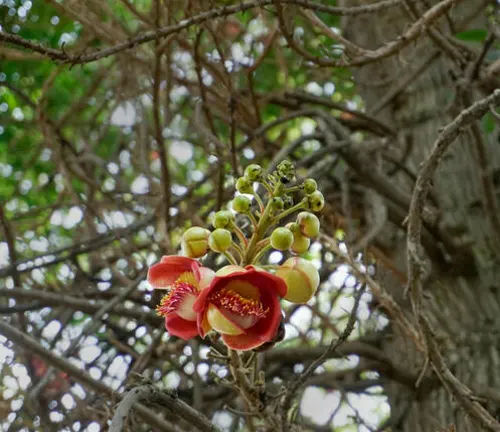
Key Variations in Species:
- Size: Some species like Shorea contorta can grow taller than the Tanguile tree, reaching up to 50 meters (164 feet).
- Ecological Importance: Each species serves as an important food and habitat source for forest-dwelling animals, such as birds and insects.
Where Do Philippine Tanguile Trees Grow?
The Philippine Tanguile tree thrives in the rainforests of the Philippines, particularly in the lowland tropical forests. It requires a humid, tropical environment with consistent rainfall, and it typically grows in well-drained, loamy soils that support its large root system. This tree is also found on the slopes of mountains, where its roots help to prevent landslides and protect soil quality.
Tanguile trees are vital for maintaining the structure and biodiversity of Philippine forests. Due to its tropical origins, the Tanguile tree is adapted to warm, humid climates with ample rainfall. It has thick bark to protect against seasonal droughts and strong winds, enabling it to survive in exposed areas.
How to Grow and Care for Philippine Tanguile Tree
Growing a Philippine Tanguile tree requires specific conditions to ensure it thrives. For those interested in cultivating it, these trees do best in deep, well-drained soils with access to full sunlight. If planted in a garden, choose a spot with sufficient space for the tree’s wide root system and ensure it has consistent access to moisture.
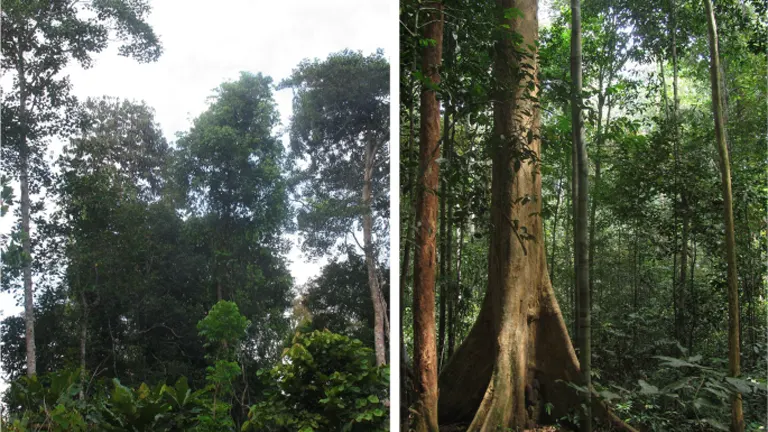
Propagation and Care Tips:
- Propagation: Tanguile trees are typically grown from seeds, which are best planted in moist, fertile soil.
- Watering: Regular watering is essential, especially during the early growth stages.
- Maintenance: Prune young trees to encourage a straight trunk and remove any dead branches to prevent disease.
Ecological Benefits of the Philippine Tanguile Tree
The Philippine Tanguile tree plays an integral role in maintaining healthy ecosystems. Its roots stabilize soil, prevent erosion, and enhance soil fertility through organic matter from fallen leaves. As a tall canopy tree, it provides shelter for smaller plants, enabling a more diverse forest structure, which in turn supports a variety of wildlife. The Tanguile tree’s flowers and leaves provide food sources for many insects and birds, contributing to the overall health and diversity of the forest.
Philippine Tanguile Tree Flowering and Pollination
Tanguile trees flower annually, producing small, white or yellowish blooms that are fragrant and attractive to pollinators like bees and birds. Flowering usually occurs during the warmer months, and once pollinated, the tree produces winged seeds that are dispersed by the wind. These seeds help propagate new trees in the area, which is essential for maintaining forest health and biodiversity.
Is the Philippine Tanguile Tree Drought-Tolerant?
While the Tanguile tree is adapted to humid, tropical environments, it has some resilience to periods of drought. Its thick bark helps prevent water loss, and its deep roots can access underground water sources during dry spells. However, prolonged droughts can affect the tree’s growth and seed production.
Growing Tips for Dry Climates:
- Mulching: Use organic mulch around the base of the tree to retain soil moisture.
- Watering Schedule: Increase watering frequency during dry periods to support growth.
Philippine Tanguile Tree and Wildlife Interactions
The Philippine Tanguile tree supports a variety of wildlife species. Birds, small mammals, and insects often rely on this tree for shelter, while its flowers provide nectar and pollen. Additionally, some animals, like bats and certain bird species, assist in the pollination of the tree, supporting its reproductive cycle. Through these interactions, the Tanguile tree and local wildlife create a symbiotic relationship that promotes the resilience of forest ecosystems.
Concluding Thoughts
The Philippine Tanguile Tree, Shorea polysperma, is more than a source of durable wood; it is a keystone species in Philippine tropical forests. Its contributions to biodiversity, soil stabilization, and habitat creation make it essential for maintaining healthy forest ecosystems. Conservation of Tanguile trees helps preserve these forests, ensuring they continue to provide ecological and economic benefits for generations to come.
Frequently Asked Questions (FAQs)
- What is the Monastery Bamboo Tree?
The Monastery Bamboo Tree is a fast-growing bamboo species known for its resilience and environmental benefits. - Where does the Monastery Bamboo Tree naturally grow?
It’s native to Southeast Asia, often found in humid, tropical forests. - How tall can Monastery Bamboo grow?
It can reach up to 60 feet in height, with some varieties growing even taller under ideal conditions. - What are the ecological benefits of Monastery Bamboo?
It helps prevent soil erosion, improves air quality, and provides habitat for various wildlife. - How do you care for Monastery Bamboo at home?
It thrives in well-drained soil, partial sunlight, and needs regular watering but tolerates some drought. - Is Monastery Bamboo invasive?
While fast-growing, it’s not as invasive as other bamboo species, though containment might be needed in small gardens. - Can Monastery Bamboo be used for building?
Yes, its strong and flexible wood is often used in construction, furniture, and handicrafts. - How does Monastery Bamboo support biodiversity?
It provides shelter and food for many insects, birds, and small animals, enhancing local ecosystems.
We hope this guide has shed light on the importance of the Philippine Tanguile Tree. Have insights or experiences in Tanguile conservation? Share below to inspire others, and don’t forget to share this guide with those committed to protecting our forests for future generations.




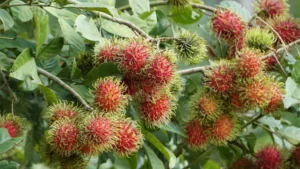
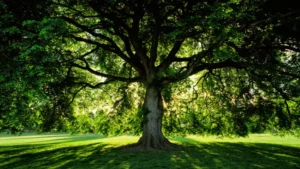
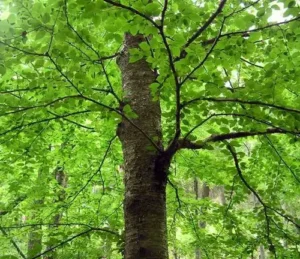
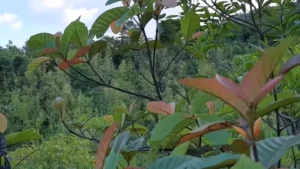
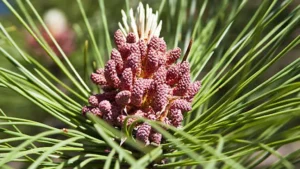
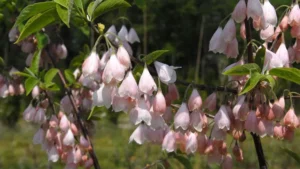
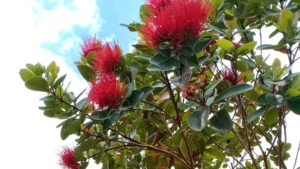
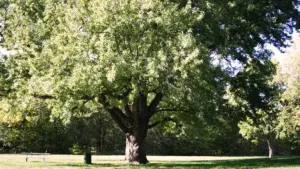
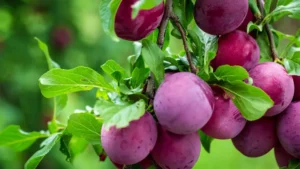
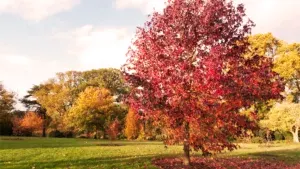
Leave your comment